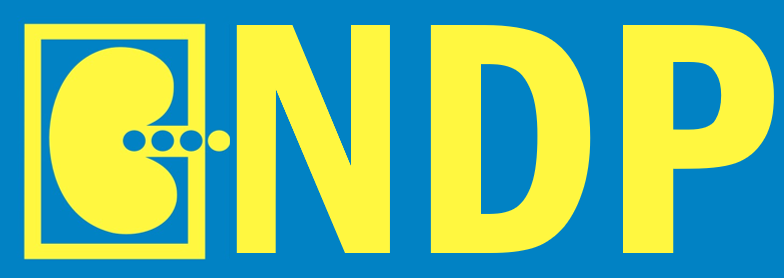- Polish Nephrology and Dialysis | official journal of the Polish Society of Nephrology
Manifestations of IgG4-related kidney disease – diagnosis and treatment
The analysis of potential biochemical parameters having influence on thyroid function in maintenance hemodialysed patients
16 April 2021Kidneys involvement in antiphospholipid syndrome
16 April 2021Manifestations of IgG4-related kidney disease – diagnosis and treatment
Ewelina Olczyk
Magdalena Krajewska
Marian Klinger
Department and Clinic of Nephrology and Transplantation Medicine
Head: prof. dr hab. Marian Klinger
Manifestacje IgG4-zależnej choroby nerek – diagnostyka i leczenie
Choroba IgG4- zależna to nowa jednostka chorobowa manifestująca się zajęciem różnych organów. Jej patogeneza oraz etiologia nie zostały dotychczas dobrze poznane. W nerkach najczęściej przybiera postać IgG4-zależnego cewkowo-śródmiąższowego zapalenia nerek. Inne manifestacje to nefropatia błoniasta oraz zwłóknienie zaotrzewnowe. Typowe dla choroby są nacieki składające się z limfocytów i plazmocytów IgG4(+) oraz włóknienie o charakterystycznym typie ‚storiform fibrosis’. Wysokie stężenie IgG4 w surowicy i specyficzne nieprawidłowości w badaniach obrazowych, wraz ze zmianami w badaniu histopatologicznym są wymagane do postawienia rozpoznania. Lekami pierwszego rzutu są glikokortykosteroidy, a dobra odpowiedź na terapię jest znamienną cechą choroby.
(NEFROL. DIAL. POL. 2017, 21, 128-131)
Manifestations of IgG4-related kidney disease – diagnosis and treatment
IgG4 – related disease is a newly recognized entity that may affect different organs. Its pathogenesis and etiology are not well-known yet. In kidneys, the most common form of the disease is IgG4-tubulointerstitial nephritis. Other manifestations of IgG4-RKD are membranous glomerulonephritis and retroperitoneal fibrosis. Typical for the disease are infiltrates consisting of lymphocytes and IgG4(+) plasmocytes in kidneys accompanied by storiform fibrosis. High serum IgG4 concentrations and specific radiological abnormalities together with characteristic histopathological findings are necessary to establish diagnosis. Glucocorticosteroids are the first-line therapy. A good response to such treatment represents another significant feature of the disease.
(NEPROL. DIAL. POL. 2017, 21, 128-131
